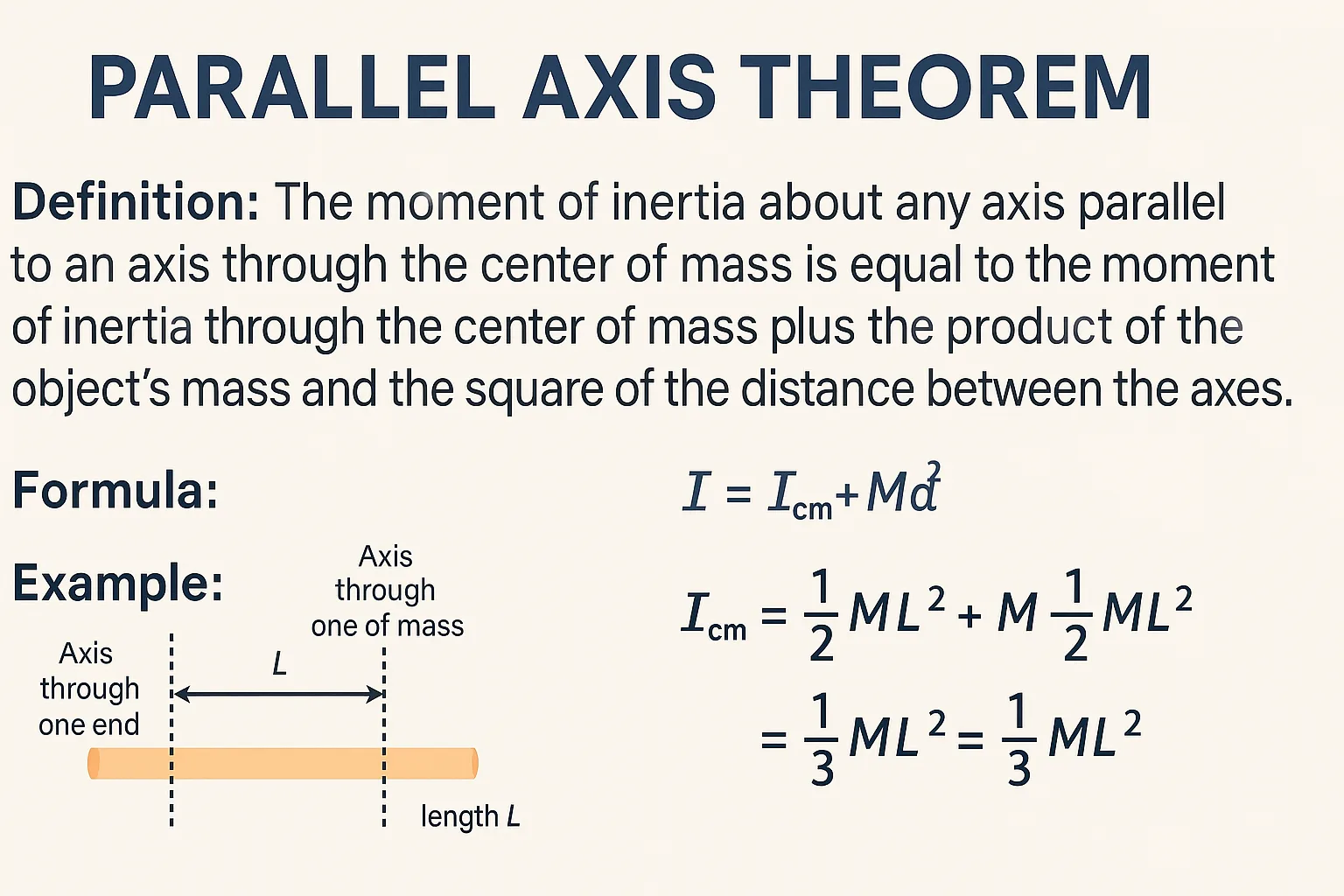The Moorish occupation refers to the period in history when Muslim Moors, primarily of North African Berber and Arab descent, ruled significant portions of the Iberian Peninsula (modern-day Spain and Portugal) from 711 to 1492 CE. This era is also known as Al-Andalus, which was the name given to the Islamic territories in the region.
Who Were the Moors?
The Moors were Muslim inhabitants of North Africa, primarily Berbers and Arabs, who crossed the Strait of Gibraltar in 711 CE under the leadership of Tariq ibn Ziyad. They quickly defeated the Visigothic kingdom and established control over much of the Iberian Peninsula.
Key Features of the Moorish Occupation
- Timeline:
- Began in 711 CE with the Moors’ victory at the Battle of Guadalete.
- Gradual decline over centuries due to the Reconquista (Christian reconquest), ending in 1492 with the fall of Granada, the last Muslim kingdom.
- Culture and Contributions:
- Architecture: The Moors left a profound architectural legacy, including:
- The Alhambra in Granada.
- The Great Mosque of Córdoba.
- The Giralda in Seville.
- Science and Learning:
- Al-Andalus became a center of knowledge, preserving and advancing fields like medicine, astronomy, mathematics, and philosophy.
- Cities like Córdoba had vast libraries and universities.
- Agriculture: Introduced advanced irrigation systems, cultivating crops like citrus fruits, rice, and sugarcane.
- Language: Influenced the Spanish language, contributing thousands of words (e.g., “azúcar” for sugar, “aceite” for oil).
- Religious Tolerance:
- The Moors initially allowed Christians and Jews to practice their religions in exchange for taxes, creating a multicultural society.
- Over time, religious tensions increased, especially as Christian kingdoms grew stronger.
Decline of Moorish Rule
The decline of Moorish rule occurred due to the Christian Reconquista, a centuries-long campaign to reclaim Iberian lands. Key events included:
- The capture of Toledo (1085).
- The Battle of Las Navas de Tolosa (1212), which weakened Moorish power.
- The fall of Granada in 1492 to Ferdinand and Isabella, marking the end of Moorish rule in Iberia.
Impact of the Moorish Occupation
The Moors profoundly shaped the culture, science, and architecture of Spain and Portugal. Even after their defeat, their legacy remains evident in the region’s art, language, and traditions, as well as its connection to the broader Islamic world.
Additional Insights

Parallel Axis Theorem – Definition, Formula, Derivation & Applications

Axis of Symmetry: Definition, Equation, and Real-Life Applications

X and Y Axis: Definitions, Graphs and Examples
Coconut Spanish Translation

Cashew Spanish Translation
Axis Definition and Meaning

Walnut in Spanish Translation

Almond in Spanish – Translation and Meaning
